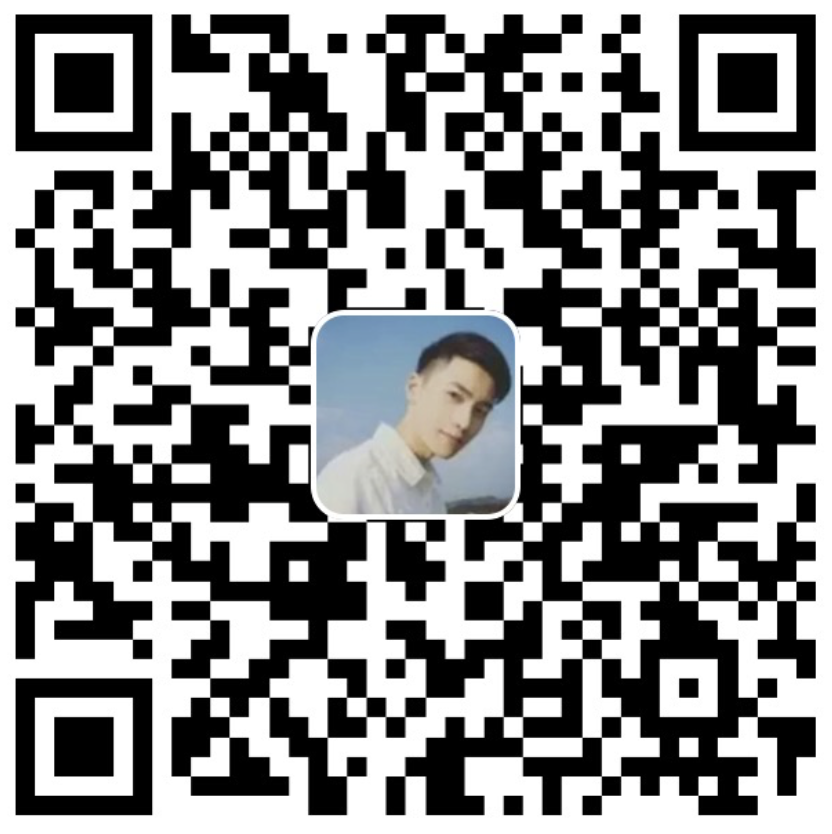SpringBoot 内置 Tomcat 线程数优化配置
编辑
来源:微信公众号-Java学习者社区
日期:2022-05-21 11:45
链接:https://mp.weixin.qq.com/s/5kybQx3VToNrv9_S3ORReQ
标题:深度理解Tomcat的acceptCount、maxConnections、maxThreads
日期:2019-03-22 14:22:40
链接:https://blog.csdn.net/zzzgd_666/article/details/88740198
本文解析springboot内置tomcat调优并发线程数的一些参数,并结合源码进行分析
参数配置
线程池核心线程数
server.tomcat.threads.min-spare: 10
该参数为tomcat处理业务的核心线程数大小,默认值为10,一般跟随CPU核心数
线程池最大线程数
server.tomcat.threads.max: 200
请求处理线程的最大数量。默认值是200(Tomcat7和8都是的)。如果该Connector绑定了Executor,这个值会被忽略,因为该Connector将使用绑定的Executor,而不是内置的线程池来执行任务。
maxThreads规定的是最大的线程数目,并不是实际running的CPU数量;实际上,maxThreads的大小比CPU核心数量要大得多。这是因为,处理请求的线程真正用于计算的时间可能很少,大多数时间可能在阻塞,如等待数据库返回数据、等待硬盘读写数据等。因此,在某一时刻,只有少数的线程真正的在使用物理CPU,大多数线程都在等待;因此线程数远大于物理核心数才是合理的。
换句话说,Tomcat通过使用比CPU核心数量多得多的线程数,可以使CPU忙碌起来,大大提高CPU的利用率。
请求最大连接数
server.tomcat.max-connections: 8192
Tomcat在任意时刻接收和处理的最大连接数。当Tomcat接收的连接数达到maxConnections时,Acceptor线程不会读取accept队列中的连接;这时accept队列中的线程会一直阻塞着,直到Tomcat接收的连接数小于maxConnections。如果设置为-1,则连接数不受限制。
默认值与连接器使用的协议有关:NIO的默认值是10000,APR/native的默认值是8192,而BIO的默认值为maxThreads(如果配置了Executor,则默认值是Executor的maxThreads)。
在windows下,APR/native的maxConnections值会自动调整为设置值以下最大的1024的整数倍;如设置为2000,则最大值实际是1024。


请求最大队列数
server.tomcat.accept-count: 100
accept队列的长度;当accept队列中连接的个数达到acceptCount时,队列满,进来的请求一律被拒绝。默认值是100。这个参数实际上和tomcat没有太大关系,它是服务端创建ServerSocket时操作系统控制同时连接的最大数量的,服务端接收连接是通过accept()来的,accept()是非常快的,所以accept-count的不需要太大,正常保持默认值100即可了,acceptCount这个参数和线程池无关,会被映射为backlog参数,是socket的参数,在源码的使用是在NioEndpoint类的initServerSocket方法,在tomcat中的名字是backlog在springboot内置tomcat中名字没有使用backlog而是使用acceptCount
Tomcat线程池处理机制
tomcat最终使用线程池来处理业务逻辑,java默认的线程池的规则:
核心线程数满了则优先放入队列,当队列满了之后才会创建非核心线程来处理
那么tomcat是这样做的吗?
首先如果tomcat这样做,那么当达到核心线程后后续任务就需要等待了,这显然是不合理的,我们通过源码来看下tomcat是如何处理的
在AbstractEndpoint的createExecutor创建了处理业务数据的线程池
public void createExecutor() {
internalExecutor = true;
TaskQueue taskqueue = new TaskQueue();
TaskThreadFactory tf = new TaskThreadFactory(getName() + "-exec-", daemon, getThreadPriority());
executor = new ThreadPoolExecutor(getMinSpareThreads(), getMaxThreads(), 60, TimeUnit.SECONDS,taskqueue, tf);
taskqueue.setParent( (ThreadPoolExecutor) executor);
}主要是使用了TaskQueue队列,ThreadPoolExecutor并不是jdk的,而是tomcat重写的。
我们从线程池的处理方法execute看起
public void execute(Runnable command) {
execute(command,0,TimeUnit.MILLISECONDS);
}public void execute(Runnable command, long timeout, TimeUnit unit) {
submittedCount.incrementAndGet();
try {
// 核心代码
super.execute(command);
} catch (RejectedExecutionException rx) {
if (super.getQueue() instanceof TaskQueue) {
final TaskQueue queue = (TaskQueue)super.getQueue();
try {
if (!queue.force(command, timeout, unit)) {
submittedCount.decrementAndGet();
throw new RejectedExecutionException("Queue capacity is full.");
}
} catch (InterruptedException x) {
submittedCount.decrementAndGet();
throw new RejectedExecutionException(x);
}
} else {
submittedCount.decrementAndGet();
throw rx;
}
}
}又调用会jdk的execute了
public void execute(Runnable command) {
if (command == null)
throw new NullPointerException();
int c = ctl.get();
// 1、工作线程数小于核心线程数则添加任务,核心线程会处理
if (workerCountOf(c) < corePoolSize) {
if (addWorker(command, true))
return;
c = ctl.get();
}
// 2、工作线程不小于核心线程数,则放到workQueue队列中
if (isRunning(c) && workQueue.offer(command)) {
int recheck = ctl.get();
if (! isRunning(recheck) && remove(command))
reject(command);
else if (workerCountOf(recheck) == 0)
addWorker(null, false);
}
// 3、否则添加任务,addWorker会进行创建线程
else if (!addWorker(command, false))
reject(command);
}从这里可以看到jdk线程池的机制,tomcat使用了自己的TaskQueue队列,所以我们看代码2处当核心线程用完了会调用队列的offer方法
我们看TaskQueue的offer
public boolean offer(Runnable o) {
//we can't do any checks
// parent就是指线程池,没有线程池则添加到队列
if (parent==null) return super.offer(o);
//we are maxed out on threads, simply queue the object
// 线程数量已经达到了最大线程数,那么只能添加到队列
if (parent.getPoolSize() == parent.getMaximumPoolSize()) return super.offer(o);
//we have idle threads, just add it to the queue
// 如果当前处理的任务数量小于当前线程池中线程的数量,那么任务放到线程池,即相当于马上会有空闲线程来处理
if (parent.getSubmittedCount()<=(parent.getPoolSize())) return super.offer(o);
//if we have less threads than maximum force creation of a new thread
// TODO 核心代码,如果当前线程数量还没有达到线程池最大线程池的数量,那么就直接创建线程,这里返回false
if (parent.getPoolSize()<parent.getMaximumPoolSize()) return false;
//if we reached here, we need to add it to the queue
// 最后的策略,放到队列
return super.offer(o);
}可以看到当执行offer时,不是直接放到队列的,当线程池总线程数量还没达到线程池最大线程数时会返回false,返回false时就会执行线程池execute的代码3处,执行addWorker(command, false),也就开始创建新的线程来处理当前任务了
总结
tomcat主要通过使用自己的TaskQueue队列来对线程池做出了不同的策略,也就是tomcat当线程数大于核心数时就会直接创建新的线程来处理,而不是放到队列
- 0
- 0
-
赞助
 赞赏
赞赏
-
分享
